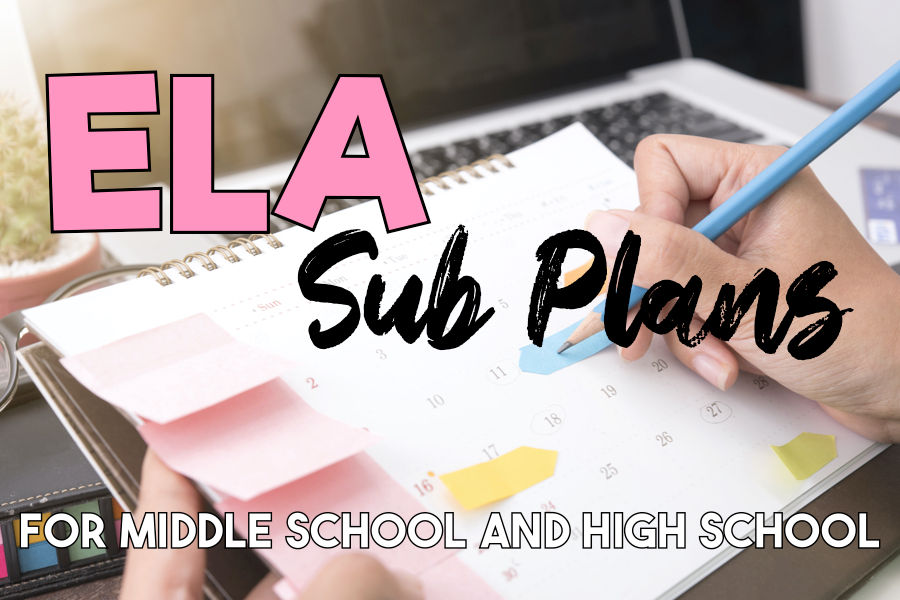Save yourself the stress of planning meaningful sub plans when you’re sick. Simply use one of these foolproof ELA sub plans for middle school and high school instead! You can focus on feeling better knowing that your sub plans are covered.
You’ve fallen ill… Time to get those sub plans in order! But here’s the challenge: You don’t want to burden the sub with teaching a new concept. However, you don’t want to waste a class period with meaningless busy work either. Rock, meet hard place.
Unfortunately, you don’t always have the energy (or, in the case of last-minute stomach bugs, the time) to devise a meaningful lesson plan at 5 am.
Whether you’re looking for last-minute sub plans or preparing for those sick days you know are inevitable during these germ-infested winter months, you’ve come to the right place. And hey, if you’re thinking about cashing in on those personal days (no judgment), these plans will work great for that too.
The following activities will spare you the dread of creating sub plans for your next sick day.
1. Short Story Mini-Lesson
Short stories make for the perfect foolproof sub plan, providing students with meaningful self-guided or small group work. First of all, there are plenty of popular and engaging short stories that your students are sure to love. Second of all, they can be read in one class period. Third of all, you can utilize short stories to review pretty much any literary concept you want.
There are also a lot of engaging activities you can pair with short stories, from identifying literary devices to analyzing characters. Now, you can save yourself even more time by using my Short Stories Bundle! I’ve already done the work for you, including providing everything from anticipation guides AND comprehension questions to vocabulary and discussion questions!


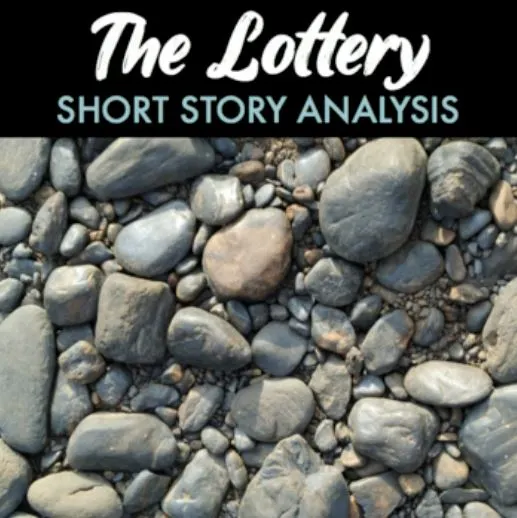
2. One-Pager Project
I love one-pager projects. Better yet, my students do too! For starters, I love their versatility. Students can use one-pagers to interpret and analyze a theme or character development in a short story or the main idea of an informational text. They can even use them to express their interpretation of a poem. Assign a one-pager for text students read that day or as a checkpoint for something that you’ve been working through as a class.
Either way, students will stay busy with this fun assignment that combines creativity with critical thinking. One-pagers require students to share their understanding of a text, theme, or idea through a mixture of written words, symbols, and art. To make it even easier to assign this activity when you’re sick, here is a done-for-you one-pager project compatible with any short story!
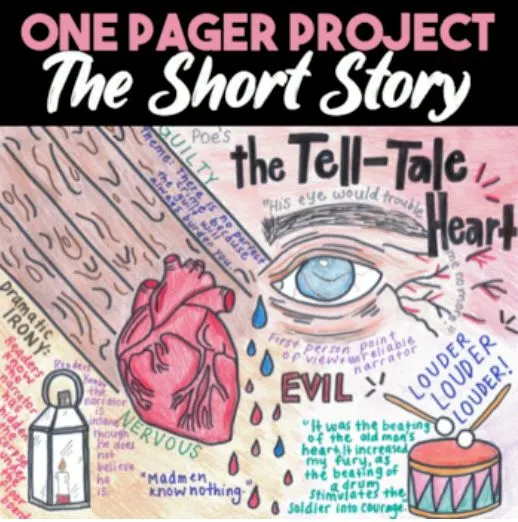
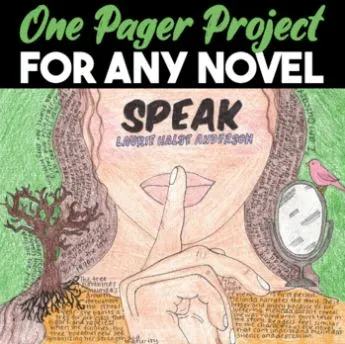
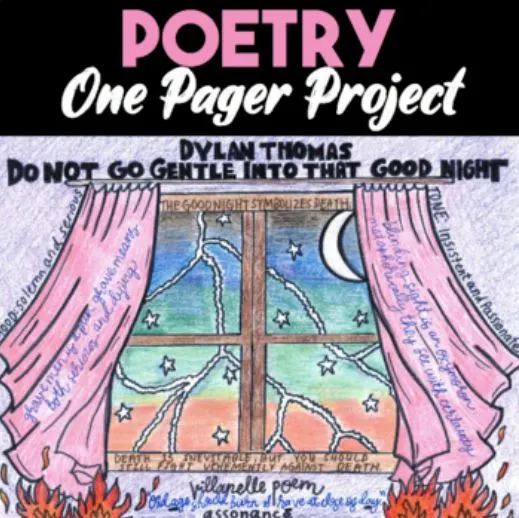
3. Modern-Day Dystopian Connection Challenge
“What does this have to do with the real world?” We’ve all been asked this, right? The modern-day connection challenge asks students to find the answer to that very question. Start by assigning a dystopian short story. Once students read the story, the follow-up task is fairly straightforward: Write a 1-page reflection connecting the story (plots, themes, conflicts, etc.) to the modern world. You’ll be amazed at what students come up with!
As for what stories to choose, I recommend sticking to dystopian short stories revolving around issues of control, freedom, and technology. (Ray Bradbury is always a safe bet.) These are the themes that students most identify with. In other words, you’re more likely to get strong connections and well-thought-out responses.



4. Assign a “Prove It” Paper Challenge
Consider this to be a less intense (and slightly less formal) version of a full-blown argumentative paper. Students must combine persuasion and research to convince you of something they strongly believe. For example, they may write about why homework should be banned or testing beauty products on animals should be outlawed. Maybe they want to prove why Tom Brady is well deserving of his G.O.A.T. status or why college should be free for all.
Regardless of what topic they choose, challenge students to develop a clear and persuasive argument, including supporting evidence, within one class period. To prevent the classic “I didn’t know what to write about” excuse, I recommend providing a list of preapproved statements to agree or disagree with in their writing. And if the idea of grading an “essay” upon your return makes you quick to skip this one, don’t go scrolling just yet. Consider using it as a formative assessment before a larger argumentative essay or grading it with a simple rubric.
5. “See It” Descriptive Writing Challenge
The “See It” Descriptive Writing Challenge is a fun way for students to closely analyze descriptive writing. Give students various excerpts from texts that include strong descriptions of a setting or character. As they read, have them pay close attention to the descriptions, annotating for words, phrases, and sentences that help to paint a picture of the person or place being described. Once students have gathered their “evidence,” they must use it to create a visual of one of the settings or characters described. Once they are done, have students share their visuals, guessing which settings and characters each person drew.
Another approach is to have your students read the same excerpt and draw the same character or setting. Then, students can review each other’s work and discuss their interpretations. Have a class scribe keep track of the major similarities and differences to guide a follow up discussion upon your return.
6. Digital Escape Rooms
I wouldn’t recommend assigning a digital escape room as a sub plan if you’ve never done one with your students before. (Though, if you haven’t tried one of these engaging digital activities, I highly recommend changing that ASAP.) During this activity, students must work through a series of tasks to unlock new information that helps them “escape” the room.
Digital escape rooms are highly engaging and can be used for all different purposes. They are great for previewing material, reviewing a text or topic, reinforcing skills, or promoting collaboration among students. It’s totally up to you if you want to assign this activity as independent or group work. It works either way and requires students’ attention for an entire class period.
I’ll be honest. Creating a digital escape room takes time. Save yourself the prep work by choosing a pre-created digital escape room perfect for a sub plan!



A Final Word on Foolproof ELA Sub Plans
Here’s my last piece of advice when it comes to sub plans: always have an extra activity ready to go. Leave something the sub can assign to any student who cruises through their main assignment before the end of class.
Trust me. Having a backup plan like this will help reduce the possibility of unruly behavior while you’re out, even if they’re super simple. Rebuses and independent reading are two of my favorite backup activities in my classroom, substitute or not. Simple grammar review worksheets and vocabulary crossword puzzles always work too!
I hope these sub plans help give you peace of mind next time you find yourself needing to take a sick day. And if that day is today, I hope these plans allow you to get the rest and relaxation you need (and deserve). Get well soon!
If you have any foolproof ELA sub plans for middle school and high school that have lifted the burden of sick days for you, I’d love to hear about them. Leave a comment below to share your ideas.
